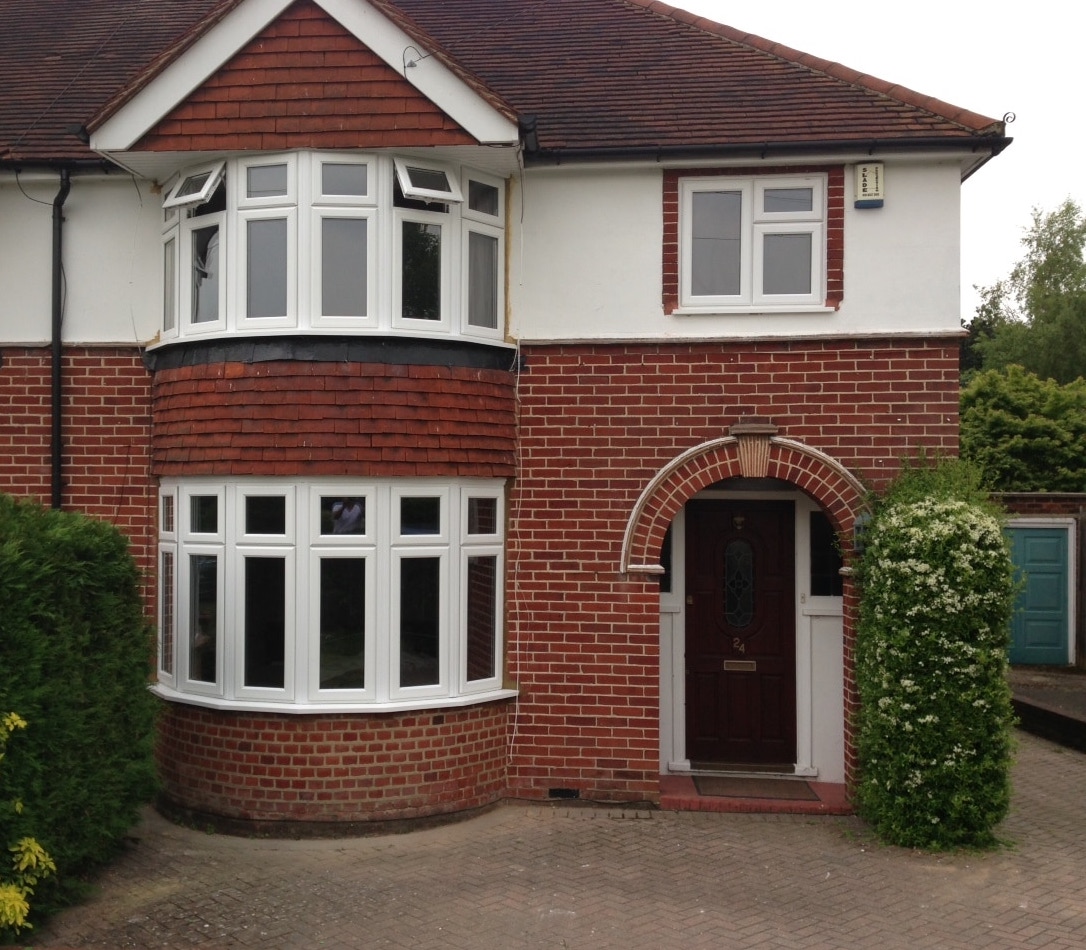Understanding Residential Bay Windows: A Comprehensive Guide
Bay windows have decorated homes for generations, providing both visual appeal and functional advantages. Characterized by their unique structure that extends from the primary walls of a building, these windows transform a simple space into a dynamic, appealing space. This short article looks into the appeal of bay windows, exploring their types, advantages, and practical factors to consider for homeowners.
What Are Bay Windows?
Bay windows are a combination of 3 or more windows set at angles to develop a recess in the wall. More Help are generally made up of a central big window flanked by two smaller ones, forming a "bay" or nook. This architectural function may be found in numerous styles, including standard, Victorian, and modern homes, and frequently extends outwards, supplying additional space and natural light.
Kinds Of Bay Windows
- Canted Bay Windows: These are the most common type, featuring a main window that extends outwards at a 30 or 45-degree angle with smaller sized windows on either side.
- Box Bay Windows: This type forms a box-like structure; the front is normally rectangular, while the side windows open at right angles to the wall.
- Oriel Bay Windows: Often found on upper floorings, these windows do not touch the ground, supported by brackets or corbels.
- Circle Bay Windows: Featuring circular shapes, these windows create a softer appearance. They are less typical and are often used to boost specific architectural designs.
Benefits of Bay Windows
The addition of bay windows can substantially improve a home's design and performance. Below are some advantages that house owners take pleasure in:
- Increased Natural Light: Bay windows enable for more sunshine to go into living locations, decreasing the need for artificial lighting and creating a brighter environment.
- Enhanced Aesthetics: With their architectural beauty, bay windows can raise the visual appeal of a home, increasing its market price.
- Expanded Space: The protruding structure creates a captivating nook for seating, plants, or storage, efficiently increasing functional space without needing comprehensive renovations.
- Improved Views: Bay windows often supply broader sightlines, allowing property owners to enjoy the surrounding landscapes more completely.
- Ventilation Opportunities: When designed correctly, bay windows can improve airflow throughout a space.
A Quick Overview: Advantages of Bay Windows
| Benefit | Description |
|---|---|
| Increased Natural Light | More sunshine leads to a brighter living space |
| Improved Aesthetics | Sophistication increases property worth |
| Expanded Space | Deals additional areas for seating or storage |
| Enhanced Views | Larger views of the outdoor landscape |
| Ventilation Opportunities | Better air flow results in a fresher environment |
Design Considerations for Bay Windows
When contemplating the installation of bay windows, property owners need to consider various elements related to design, products, and placement:
1. Architectural Style
- Make sure the bay window matches the existing style of the home, keeping a cohesive look.
2. Product Choices
- Typical products consist of wood, vinyl, aluminum, and fiberglass. Each has its own visual appeal, maintenance requirements, and insulation homes.
3. Window Configuration
- Choose the arrangement of the windows (e.g., double-hung, casement, or image windows) based on lighting, ventilation, and architectural cohesiveness.
4. Roofing and Finishing
- Think about including a roof over the bay window for security and enhanced visual appeals. Choices include gabled, curved, or flat roofing systems.
5. Area
- The positioning of the bay window must consider the sun's course, surrounding structures, and views.
Often Asked Questions (FAQs)
1. Are bay windows pricey to install?
- The cost varies based upon size, materials, and design complexity. While initial costs might be greater than basic windows, they frequently provide long-lasting advantages in regards to energy effectiveness and home resale value.
2. Can I install a bay window myself?
- While DIY installation is possible for skilled people, it is typically recommended to work with a professional to guarantee appropriate design, sealing, and structural integrity, particularly if changes to the home's exterior are included.
3. How do bay windows effect energy performance?
- Appropriately set up bay windows can enhance energy efficiency by making the most of natural light and reducing heat loss. Consider choosing energy-efficient glass and window frames to lessen utility expenses.
4. What home furnishings work well with bay windows?
- Property owners often choose built-in seating, such as benches, cozy cushions, or decorative plants to take advantage of the prolonged space.
5. Do bay windows require special upkeep?
- Routine cleansing of the glass and looking for any water damage or sealing problems are important. The specific maintenance routine depends on the products used.
Residential bay windows are more than just a lovely architectural detail; they use a wide variety of advantages that can elevate both the functionality and look of a home. While factor to consider of style, cost, and upkeep is important, the long-lasting benefits frequently outweigh the initial financial investment. Whether improving a traditional home or adding a modern twist to a contemporary design, bay windows function as a timeless choice for homeowners wanting to buy their areas.
In summation, bay windows can transform any living location, providing beauty, comfort, and a connection to the world exterior. As homeowners assess their options, it's clear that these enchanting features deserve factor to consider in both design and planning.

